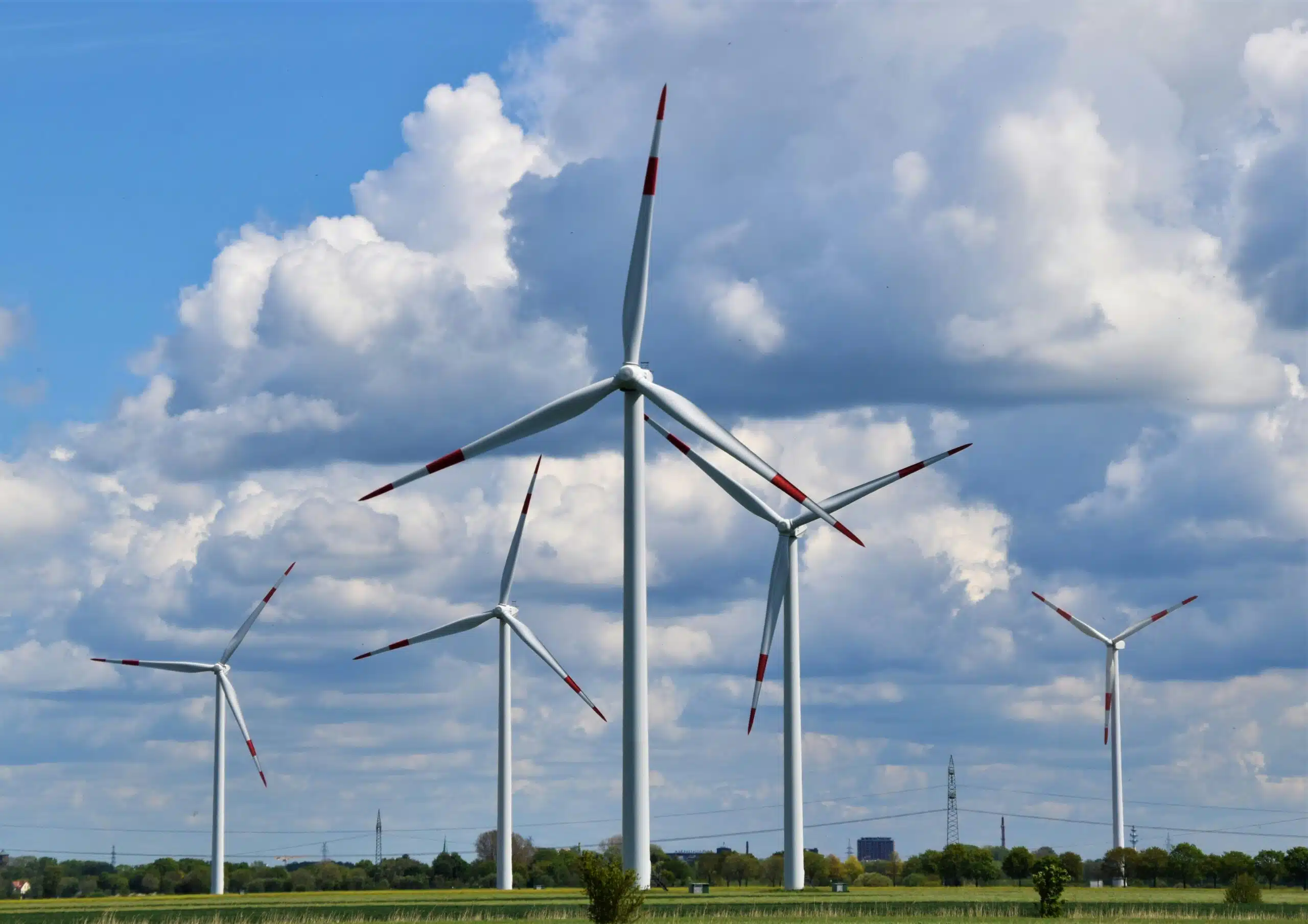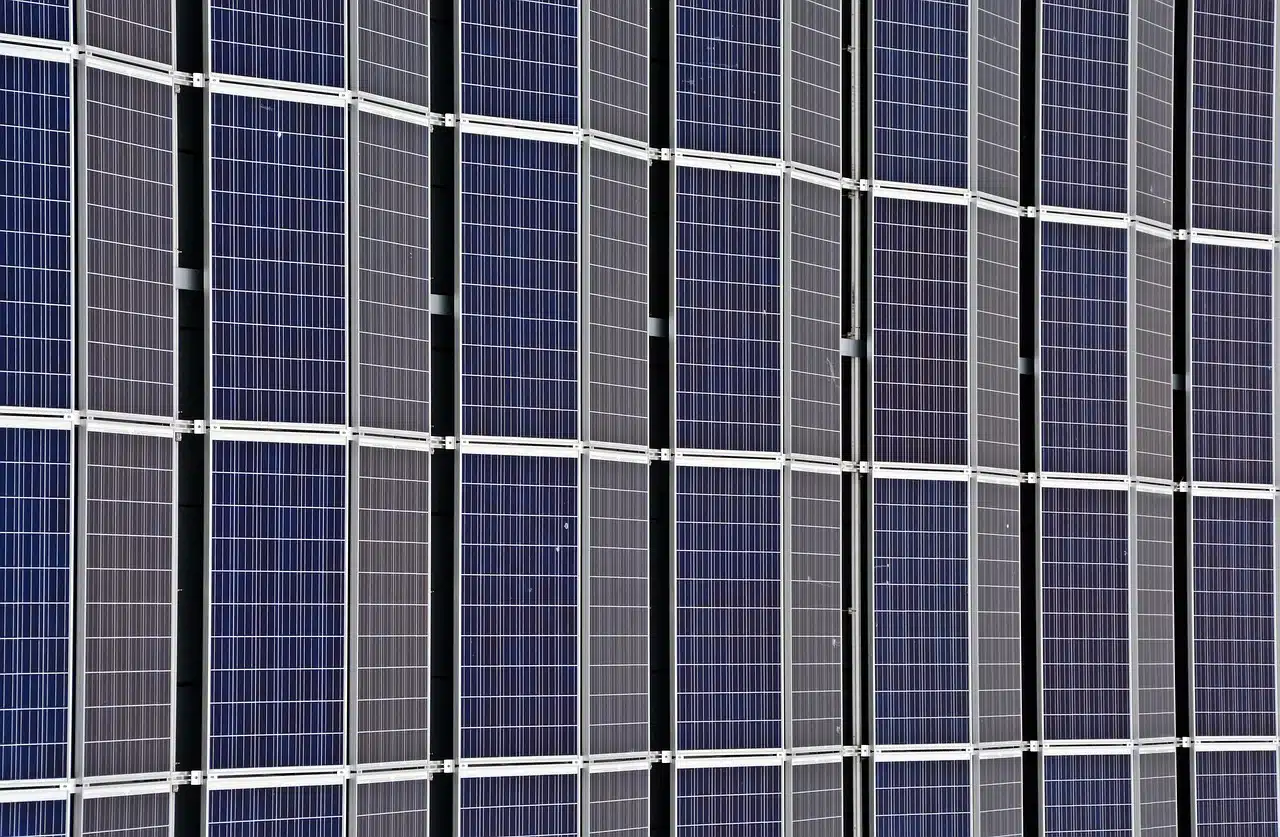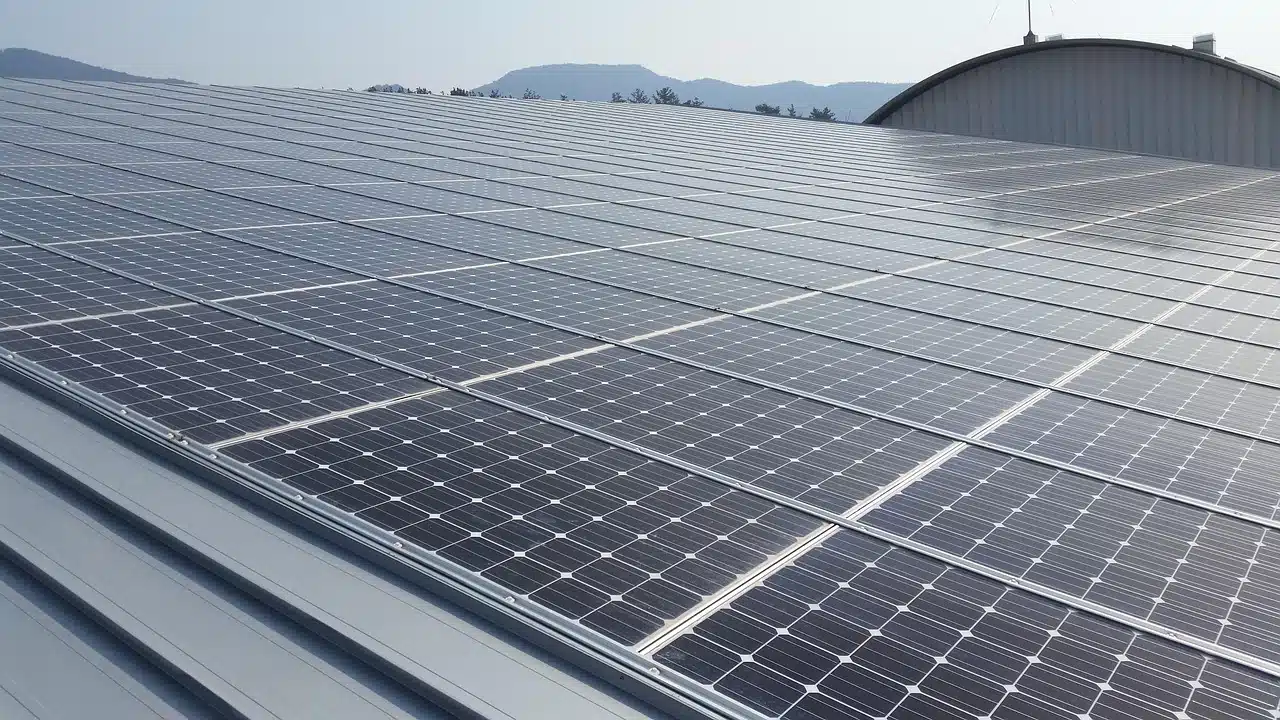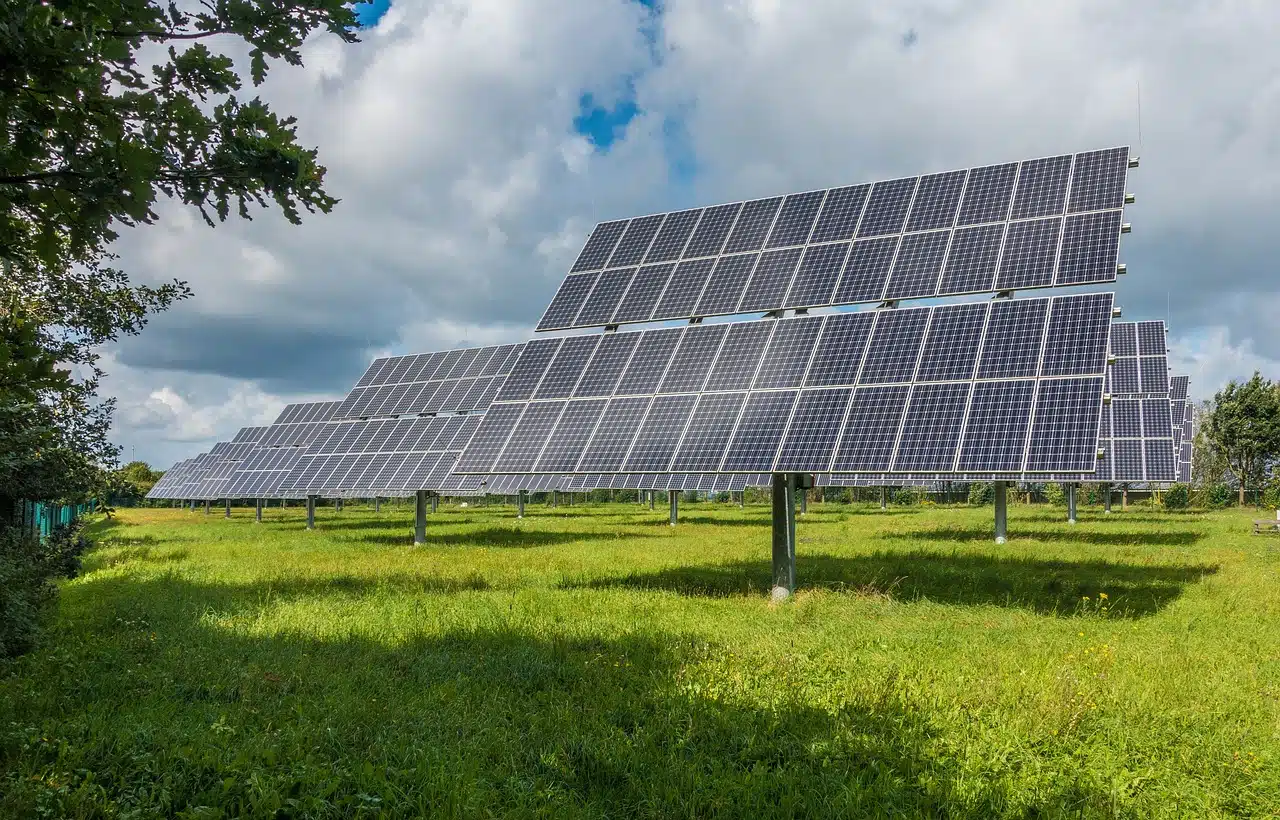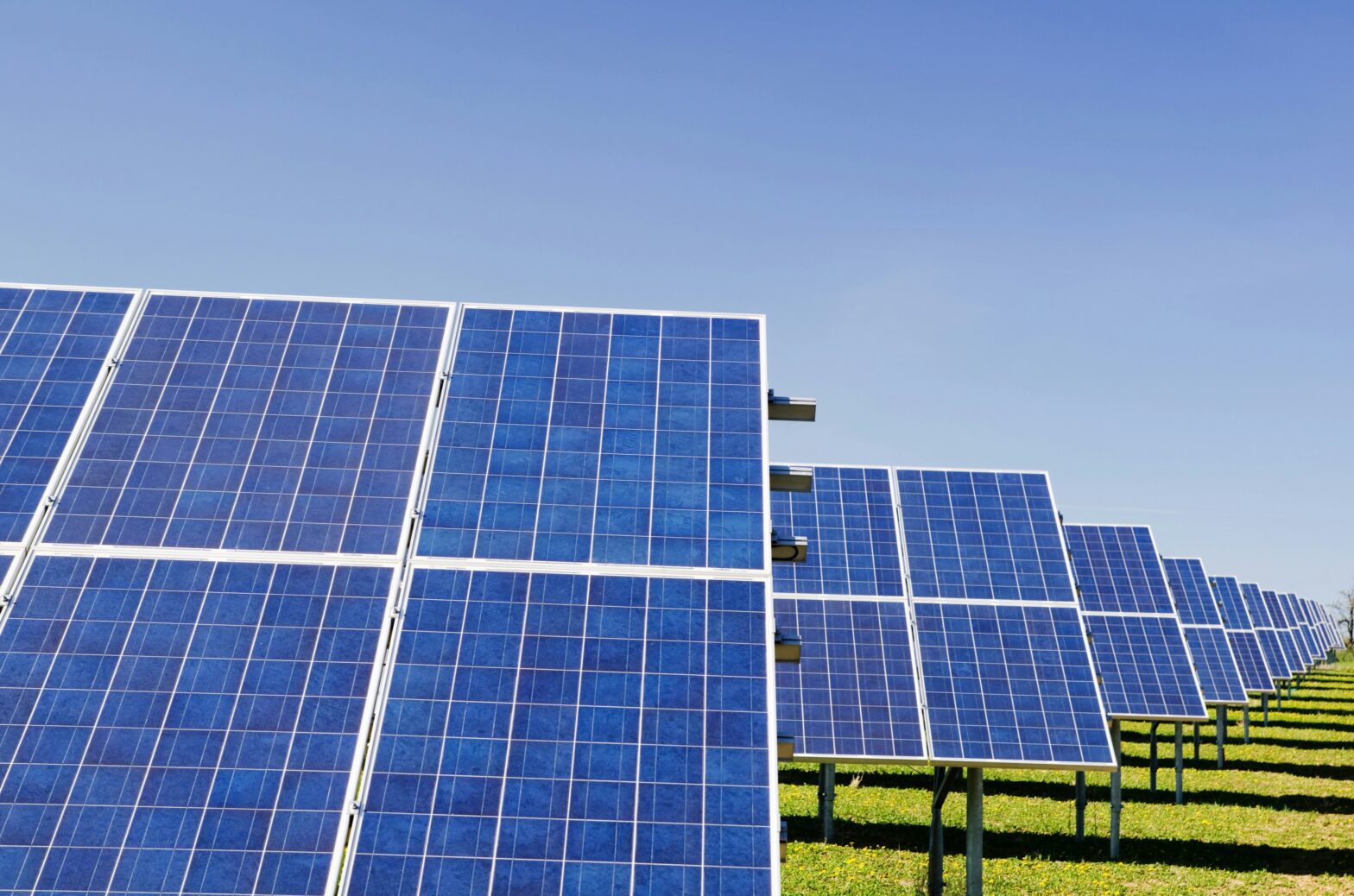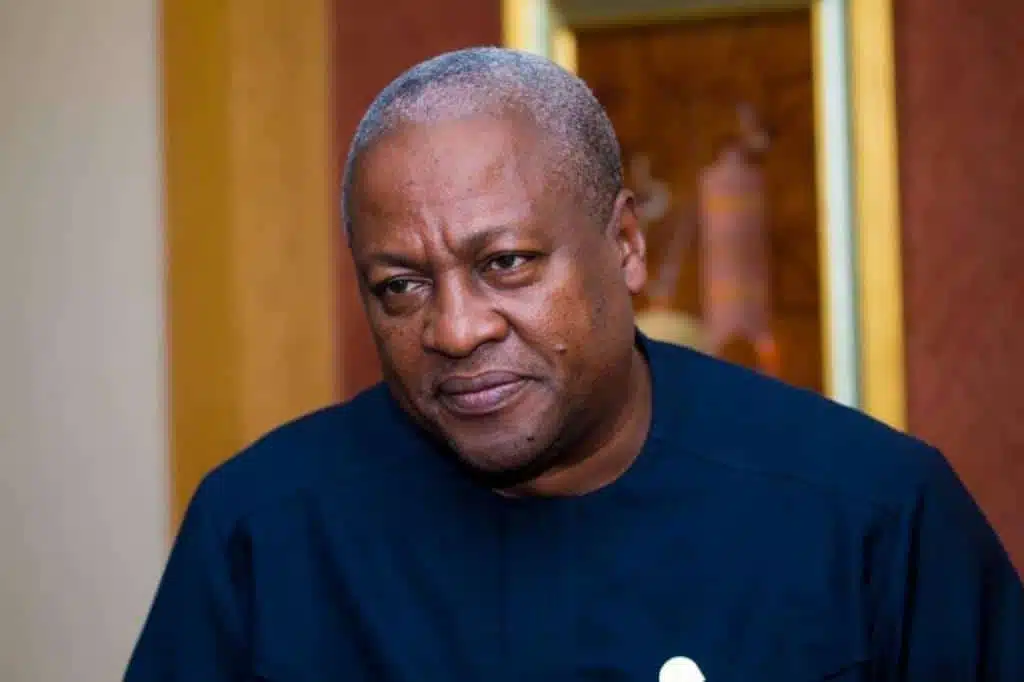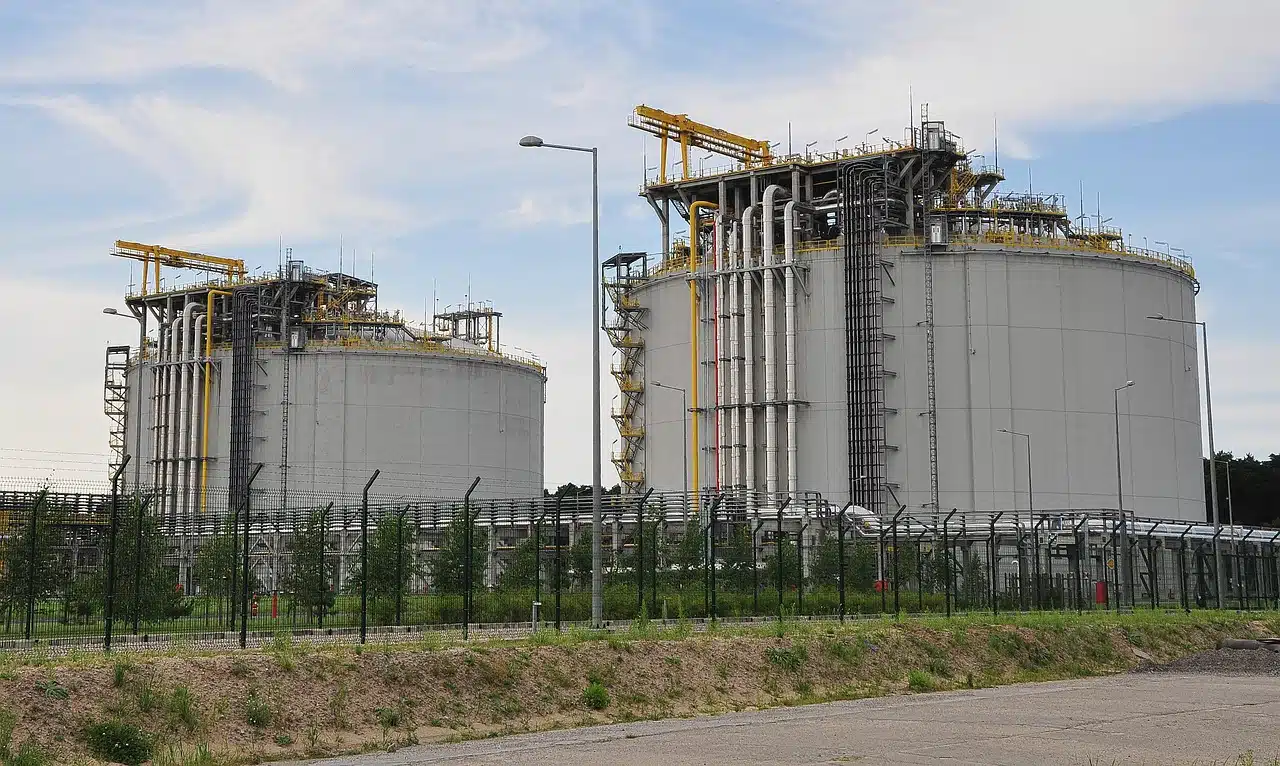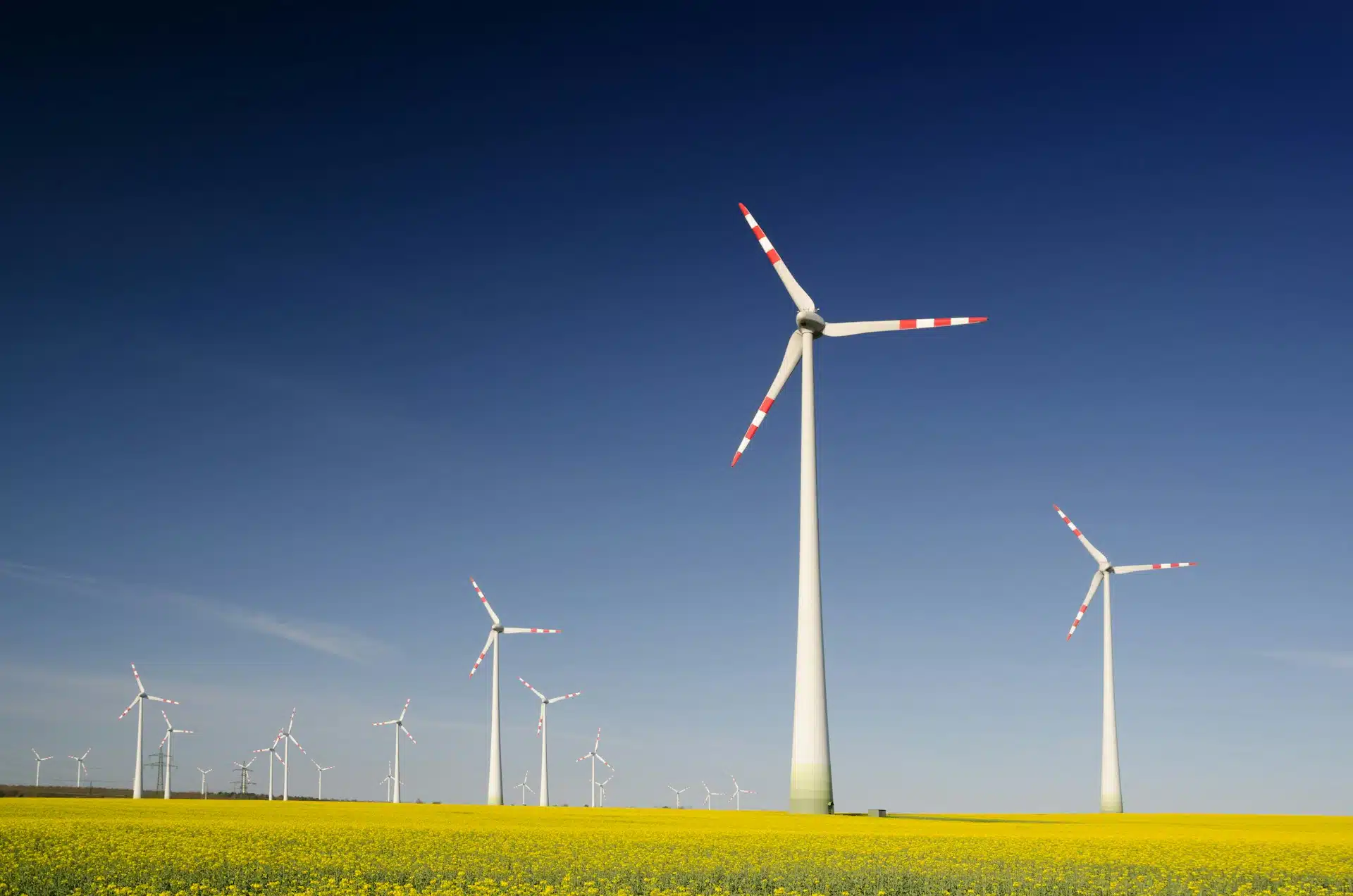Africa’s wind energy sector is experiencing significant growth, strengthening the African power sector with renewable power.
Africa’s wind energy power-generating capacity is projected to reach 51.2 GW by 2025.
This includes both onshore and offshore wind power, with onshore wind currently dominating.
Electricity generation from wind energy is expected to amount to 58.90 billion kWh in 2025, according to Statista.
The continent’s vast wind resources and growing investments drive significant projects that promise economic, environmental, and social benefits.
African Energy Portal reports in October 2023 that Africa has 86 wind projects with an installed capacity of 9 GW.
Here are some of the top 7 wind energy projects in Africa as of 2025.
7. Kipeto wind farm (Kenya)
Kipeto Wind Farm is Kenya’s second-largest wind farm, situated in Kajiado County, south of Nairobi.
The onshore wind farm drives Kenya’s renewable energy goals. The project employs 60 General Electric (GE) 1.7 MW turbines, generating 100 MW of electricity.
Connected to the national grid via a high-voltage substation, it delivers power to approximately 250,000 households.
The project, valued at $321 million, was financed by international investors, including the U.S. International Development Finance Corporation (DFC), reflecting global confidence in Kenya’s renewable sector.
The project’s impact extends beyond electricity generation. It created a community trust, established by Kipeto Energy, that channels revenue into local schools, health centers, and water infrastructure, fostering socioeconomic development in Kajiado.
Kipeto continues to support Kenya’s Vision 2030, which targets 100% renewable energy.
6. Taiba N’Diaye wind farm (Senegal)
The Taiba N’Diaye Wind Farm, located 70 km north of Dakar in Senegal’s Thiès Region, is the country’s first utility-scale wind project.
Operational since 2021, it comprises 46 Vestas 3.45 MW turbines, producing 158.7 MW and generating 400 GWh annually.
This output accounts for 15% of Senegal’s electricity, powering over 2 million people.
The $330 million (N529 billion) project, backed by the DFC and the Overseas Private Investment Corporation, is Senegal’s commitment to its Plan Sénégal Émergent, targeting 40% renewable energy.
In 2025, feasibility studies for a 100 MW expansion are underway, signaling continued growth.
Taiba N’Diaye enhances energy security by reducing Senegal’s reliance on imported fossil fuels, stabilizing electricity costs amid volatile global markets.
The project employed 600 workers at its peak, with 400 local hires, and sustains maintenance roles, boosting the regional economy.
5. West Bakr wind farm (Egypt)
The West Bakr Wind Farm, situated in Egypt’s Gulf of Suez, has one of the world’s most wind-rich regions, with speeds averaging 8-10 m/s.
This 250 MW project features 96 Siemens Gamesa 2.6 MW turbines, supplying electricity to over 500,000 households.
Developed by Lekela Power under a build-own-operate model, the $350 million project aligns with Egypt’s Vision 2030 of 42% renewable energy.
The farm drives economic growth by attracting foreign investment and creating 800 construction jobs, with ongoing roles in operations.
It reduces Egypt’s dependence on natural gas, diversifying the energy mix and enhancing grid reliability.
It cuts 550,000 tons of CO2 emissions annually, supporting Egypt’s climate pledges.
The project’s coastal location optimizes output but requires robust transmission infrastructure to deliver power to urban centers.
4. Kangnas wind farm (South Africa)
Kangnas Wind Farm has been operational since 2020, located in the Northern Cape, South Africa. With 61 Siemens Gamesa 2.3 MW turbines, it generates 140 MW, powering 120,000 homes.
Part of South Africa’s Renewable Energy Independent Power Producer Procurement Programme (REIPPPP), the $250 million project addresses the country’s power shortages and coal-heavy energy mix.
The wind farm remains critical to South Africa’s goal of 11.5 GW of renewable capacity by 2030.
Kangnas reduces South Africa’s reliance on coal, which accounts for 80% of electricity, fostering a cleaner energy future.
It created 700 jobs during construction, with a focus on local hiring, and supports ongoing employment in maintenance and operations.
The farm saves 400,000 tons of CO2 annually, though its remote location necessitates grid expansion to maximise output.
3. Tarfaya wind farm (Morocco)
The Tarfaya Wind Farm, located in Morocco’s southern province, is a major project in Africa’s wind energy landscape.
Since 2014, it spans 100 km² and features 131 Siemens 2.3 MW turbines, producing 301 MW and supplying 1.5% of Morocco’s electricity.
Developed by Tarec, a joint venture between joint venture of Nareva Holding and International Power Ltd, the $560 million (N898 billion) project sells power to Morocco’s National Electricity Office.
Tarfaya supports Morocco’s ambition of 52% renewable energy within the next five years.
The farm enhances Morocco’s energy independence, saving millions annually on imported fuels. It created 1,500 jobs during construction and sustains local economies through operational roles and supply chains.
Community initiatives include water access and education programs, improving the quality of life in Tarfaya.
It is estimated to prevent 900,000 tons of CO2 emissions yearly
High wind speeds of 8-11 m/s ensure efficiency, though dust storms occasionally challenge turbine maintenance.
2. Lake Turkana wind power (Kenya)
The Lake Turkana Wind Power project, located in Kenya’s remote Marsabit County, was Africa’s largest wind farm until 2025.
It has 365 Vestas 850 kW turbines, generating 310 MW and supplying 17% of Kenya’s electricity.
Valued at $680 million (N1 trillion), financed by the African Development Bank and European DFIs. It represents Kenya’s largest private investment.
Connected to the grid via a 272-mile transmission line, it powers over 1 million households.
The project transforms Marsabit by improving roads, schools, and healthcare facilities.
It created 2,500 jobs during construction and employs 400 staff, with training programs enhancing local skills.
Its remote location delayed grid connection by 18 months due to infrastructure challenges.
Wind speeds of 9-11 m/s ensure high output.
1. Koruson 1 wind energy (South Africa)
The Koruson 1 wind energy, situated in the Eastern Cape and Northern Cape provinces, South Africa, specifically outside the towns of Middelburg and Noupoort.
The Koruson 1 comprises three wind farms: Phezukomoya, San Kraal, and Coleskop, with a 420 MW capacity.
Wind energy produces no air or water pollution during operation, contributing to cleaner air and water in the region compared to coal-based power.
By adding clean energy to the grid, it enhances energy security and mitigates risks associated with fossil fuel price volatility and supply constraints.
The project is being developed by EDF Renewables and its partners, and it is expected to be commercially operational in the first quarter of 2025.
More Insights on wind energy
The Gabal El Zayt wind farm in Egypt is in direct comparison with the Koruson 1. It is occasionally referenced as the largest due to its higher capacity and larger scale.
Located along the Gulf of Suez in Egypt, with a capacity of 580 MW and 290 turbines covering 100 square kilometers.
Given the conflicting claims, Koruson 1 is more recently and consistently referenced as the largest operational project by capacity in 2025, but Gabal El Zayt may hold the title depending on specific metrics like turbine count or area.
Its benefits include powering over 500,000 households, reducing 1.2 million tons of CO2 annually, and supporting Egypt’s goal of 20% renewable energy by 2035.
Ghana aims to reduce dependence on fossil fuels, diversify its energy sources by seeking investors to develop wind and tidal wave energy projects.
Morocco recently invited investors to bid for three power plant projects. One of those projects was a wind project aimed at contributing significantly to the national grid.

